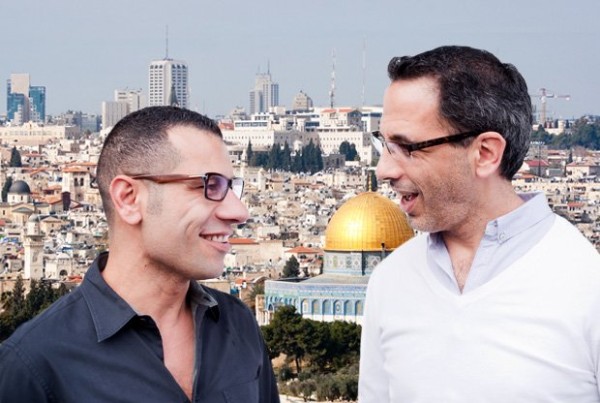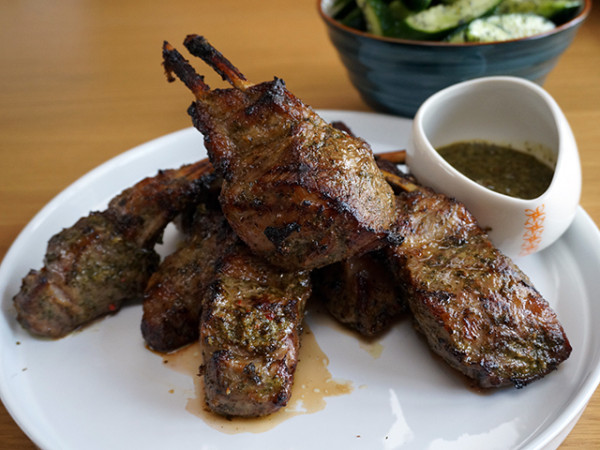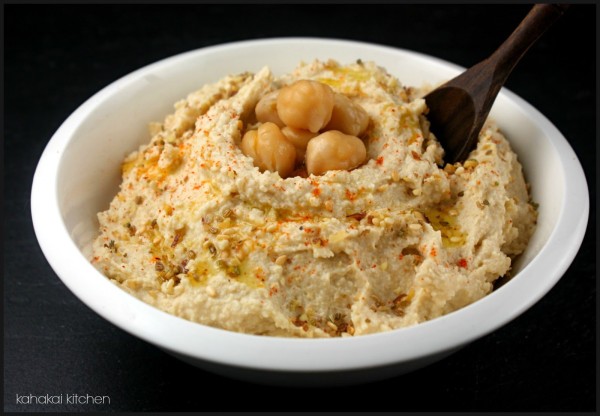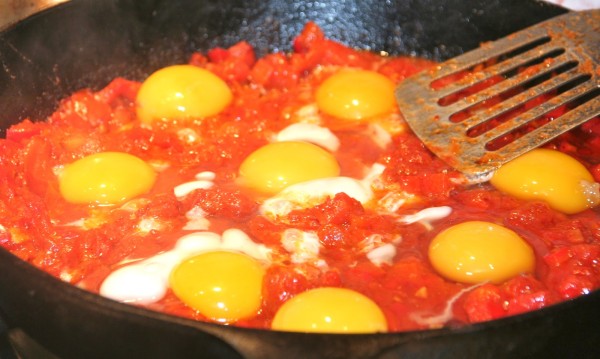Yotam Ottolenghi and Sami Tamimi were not destined to meet, bond, cook together and create a budding restaurant empire.
Ottolenghi and Tamimi, both born in Jerusalem in 1968, a few kilometres from each other, were raised in separate societies that could accurately be described as two solitudes.

An Israeli Jew, Ottolenghi was from western Jerusalem, inhabited almost exclusively by Jews. A Palestinian Arab, Tamimi was from eastern Jerusalem, whose population consisted of Muslims and Christians before its capture by Israel in the 1967 Six Day War.
Both gay, they moved to Tel Aviv when they were young, looking for personal freedom and a chance to grow. Ottolenghi studied philosophy and literature at Tel Aviv University, hoping to become a journalist. Tamimi found a job as a chef at a restaurant in Tel Aviv.
In 1997, they separately moved to London. Ottolenghi took a cookery course at Le Cordon Bleu. Tamimi landed a position with a catering company. Their paths crossed two years later, when they got to know each other, thousands of kilometres from Jerusalem.
The pair discovered they had a lot of common, their clashing nationalities and loyalties notwithstanding.
The rest, as they say, is history.
Today, they are partners in four restaurants in London, Ottolenghi’s, which specializes in Middle Eastern food, and are the co-authors of several instructive and handsomely-illustrated cookbooks, the latest of which is Ottolenghi: The Cookbook, published by Random House. Actually, Ottolenghi: The Cookbook was their first book, but now it’s available in a North American edition.

The 140 recipes inside, culled from their restaurant menus, reflect the culinary traditions of Jerusalem, California, Italy and North Africa. But, as they write in the introduction, they continually use a few select ingredients they love and with which they feel at home.
These are: salt, garlic, lemon, olive oil, fresh cilantro, mint, yogurt, pomegranate and pomegranate molasses, tahini, sumac and za’atar, orange blossom water, rose water, maple syrup, soup stock, feta cheese, sweet potatoes, passion fruit and pink peppercorns.
Ottolenghi: The Cookbook draws on these components and has something for everyone, judging by the chapters on vegetables, legumes, grains, dips, soups, meat, fish and baked goods.

I was intrigued by a number of recipes — cucumber and poppy seed salad, roasted eggplant with saffron yogurt, mixed mushrooms with cinnamon and lemon, beef and lamb meatballs baked in tahini, sardines stuffed with bulgur, currants and pistachios, pizza with feta, tomato and olives, carrot and walnut cake and orange polenta cake.
Ottolenghi and Tamimi are not only accomplished chefs and bakers, but paragons of coexistence and partnership.

May they thrive and may others emulate them.